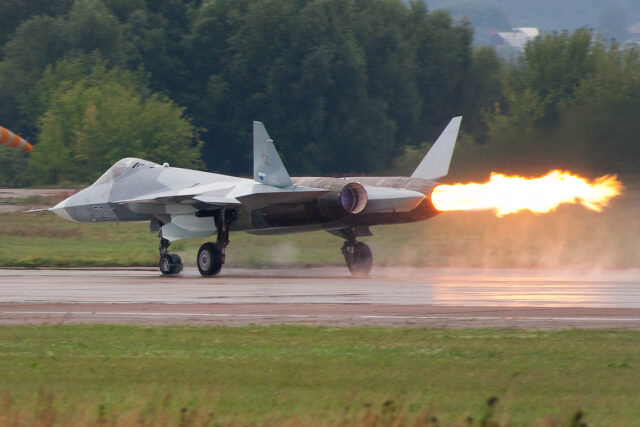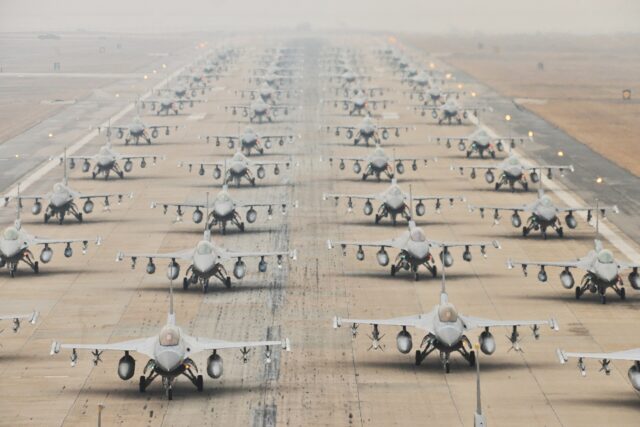China-India flights restored as China Eastern plans Shanghai-Delhi from November

October 23, 2025

China Eastern Airlines will resume direct flights between Shanghai and New Delhi from 9 November, marking the restoration of its India connections after a five-year pause.
The move, which follows IndiGo’s announcement of new direct flights to China, signals a fresh phase of engagement between Asia’s two largest emerging economies, both eager to normalise relations through greater connectivity.
The Shanghai-Delhi route will operate three times a week, on Wednesdays, Saturdays, and Sundays. Flight MU563 will depart Shanghai Pudong International Airport at 12:50 and arrive at Delhi’s Indira Gandhi International Airport at 17:45 local time. The return flight, MU564, will leave Delhi at 19:55. and reach Shanghai at 04:10 the following day.
China Eastern has assigned its Airbus A330-200 aircraft to the route, featuring the airline’s upgraded in-flight Wi-Fi and enhanced cabin experience.
The twin-aisle aircraft is known for its range, efficiency, and passenger comfort, making it ideal for the nearly seven-hour route connecting two of Asia’s most dynamic business and cultural hubs.
Air corridors reopen between India and China after years of suspension
The Shanghai-Delhi service comes just weeks after India’s IndiGo confirmed it will launch a daily flight from Kolkata to Guangzhou on 26 October, the first direct connection between the countries since 2020.
Together, the two routes mark an important restoration of direct air connectivity between India and China after commercial and diplomatic disruptions. Before the pandemic and subsequent border tensions, over a million passengers annually travelled between the two countries.

The flights, while likely to be popular with passengers, will also help restore cargo services between the two nations. A handful of operators, including Etihad Cargo, SF Airlines and even IndiGo, have been keeping small amounts of cargo moving between the countries for the past couple of years. Adding regularly scheduled commercial flights into the mix will restart the flow of goods and benefit both economies.
Restarting the Indo-China air links
The return of direct flights comes after five years of diplomatic strain between New Delhi and Beijing. Flights were suspended during the pandemic, but were permanently cancelled following diplomatic tensions.
A savage brawl between Indian and Chinese forces in a disputed area of the Himalayan border in 2020 is widely cited as the beginning of the standoff, but issues between India and China run deeper. Caught in a power struggle, neither wanting to surrender autonomy, the two nations have been in a deadlock ever since.
Over the past year, however, both nations have taken incremental steps to de-escalate tensions. These have included the resumption of visa services, reopening of border trade routes, and renewed diplomatic dialogue.
The visit of Indian Prime Minister Narendra Modi to Tianjin in August, his first in seven years, further signalled the intent to revive practical cooperation.
🚨🇮🇳🇨🇳 Modi's Epic China Odyssey
— Sputnik India (@Sputnik_India) August 31, 2025
One year ago, very few predicted drastic India-China rapprochement.
But today, Indian PM Modi just landed in China, his first visit in 7 years.
Here’s why the SCO Summit in Tianjin will be a watershed moment.
Thread by @Kanthan2030 🧵👇 pic.twitter.com/4fMtg2EFlk
China Eastern’s return to India, supported by its long-time general sales agent InterGlobe Air Transport (IGAT), underlines the commercial and people-to-people dimension of this thaw. IGAT has represented China Eastern in India since 2002, managing its sales, marketing, and operational support.
The airline operates one of the world’s youngest and most modern fleets, with more than 800 aircraft, including the domestically built C919 narrowbody, which it was the first to operate commercially.
By reopening the Shanghai-Delhi route, China Eastern not only restores a critical air bridge but also reaffirms confidence in the growing India-China travel market, which is expected to expand rapidly over the next decade.
















